Towering over the Mosel valley in western Germany, the Imperial castle at Cochem is an intimidating fortification, part of a series of hill castles that controlled trade in the region. The original Romanesque castle was badly damaged during the Nine Years’ War, before later being reconstructed into the spectacular Neo-gothic structure that we see today.
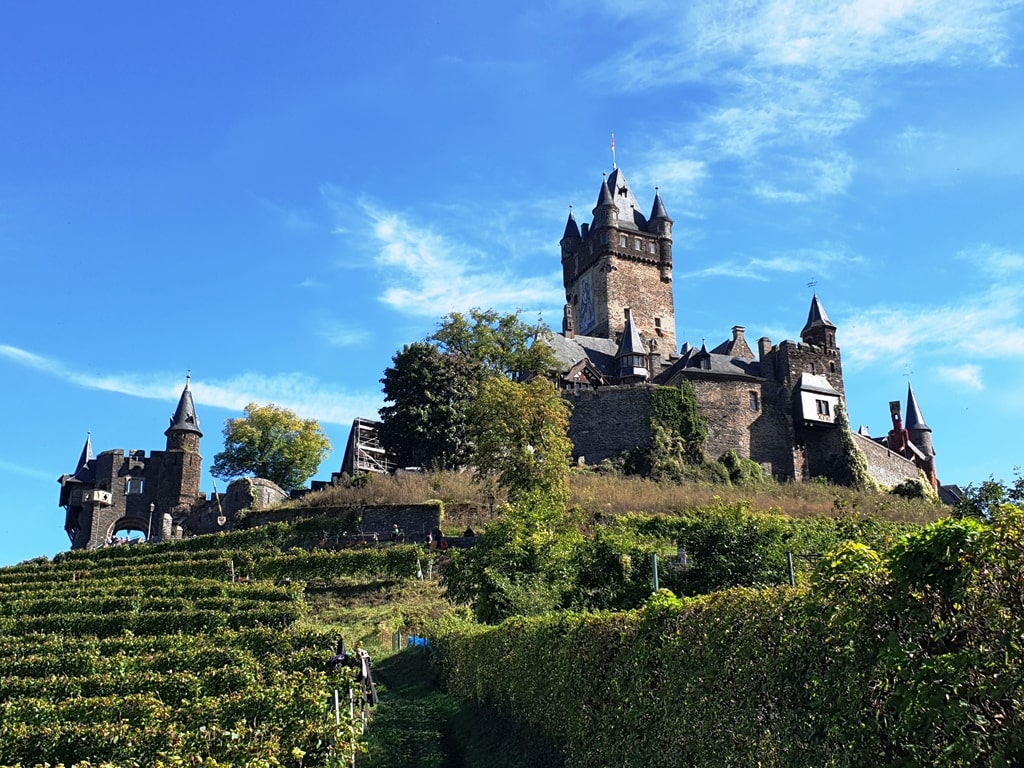
EVerything you need to know about Cochem Castle
History of Cochem Castle
Cochem is first mentioned in the historical record in 1130, although it is thought that the castle was first constructed around the year 1000. Standing 300 feet above the Mosel river, Cochem was an imposing fortification that controlled the adjacent section of the river – crucially, it also served as a point from which tolls could be levied on passing trade.
In 1151, as part of an ownership dispute, Cochem was occupied by the King of Germany Conrad III, who declared the fortification to be an Imperial Castle or Reichsburg.
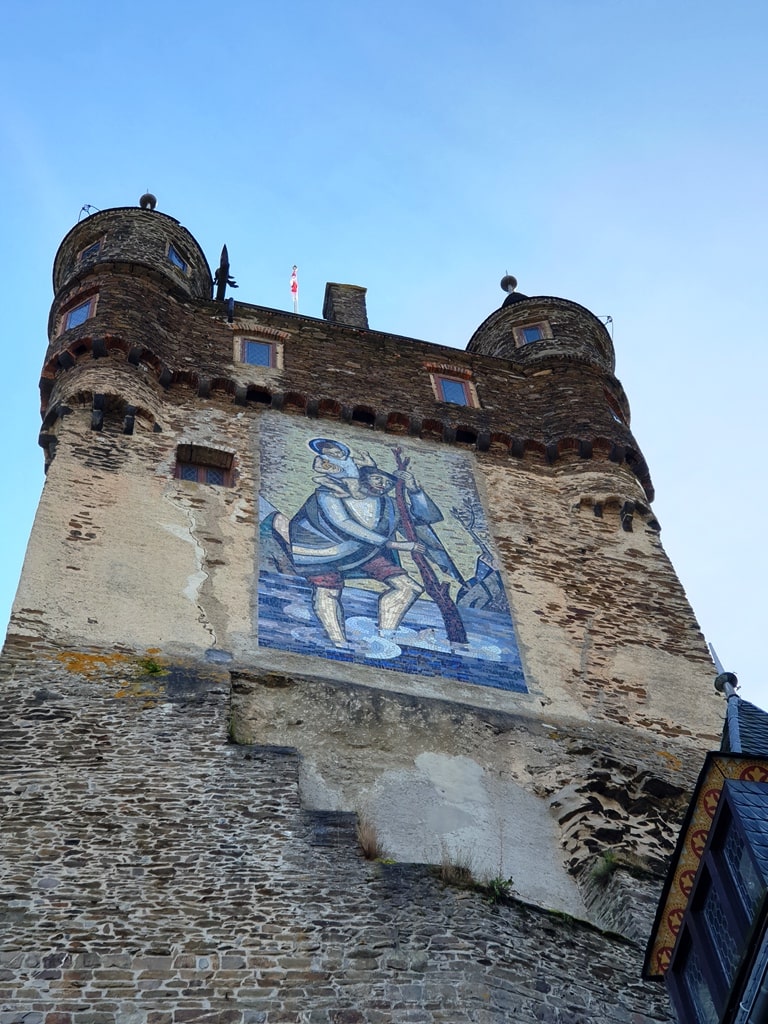
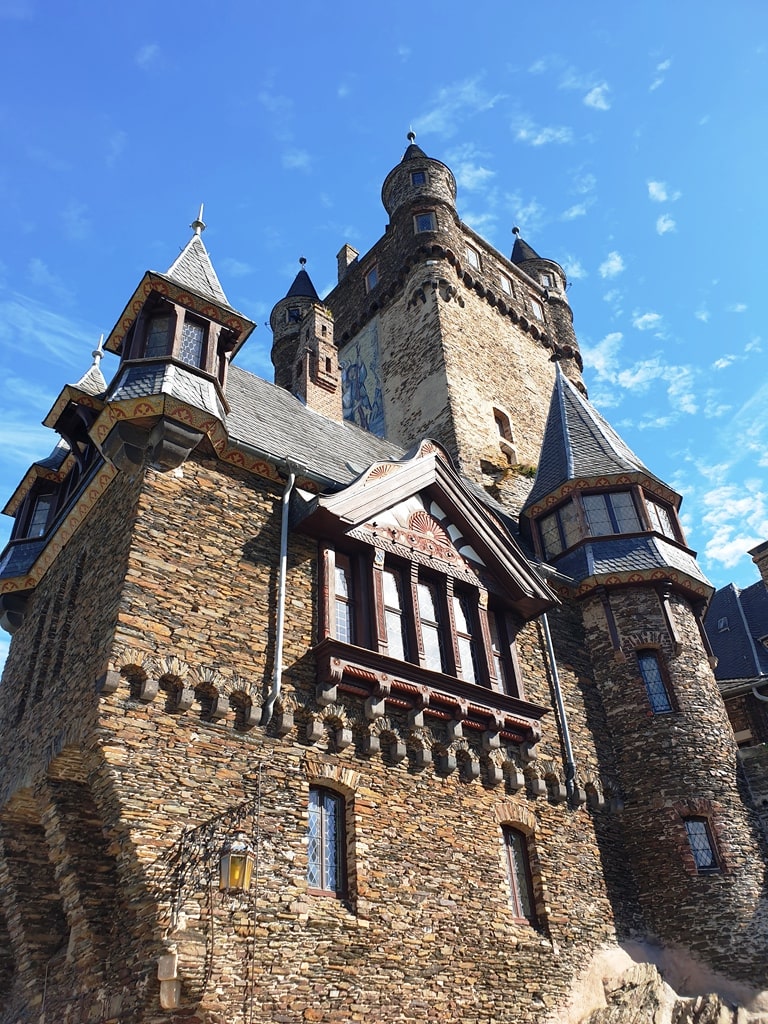
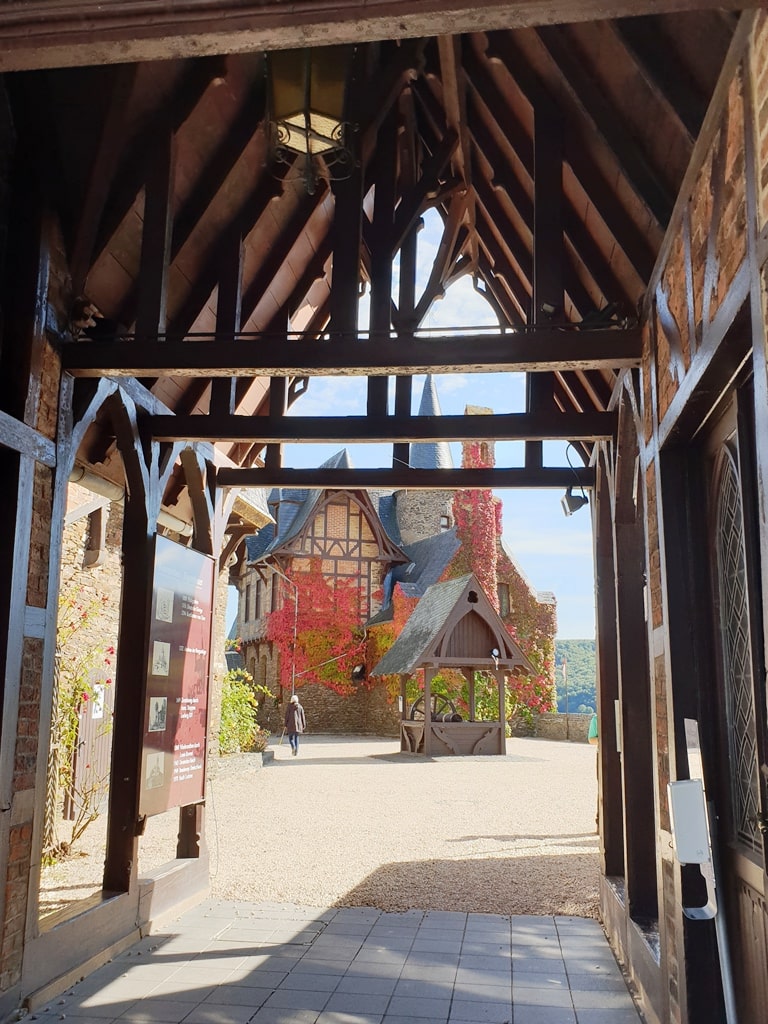

Later in 1282 the first Habsburg King of Germany, Rudolf I, captured Cochem before the later King Adolf of Nassau pawned the castle in order to fund his coronation. Lacking the funds to purchase the castle back, Adolf’s successor Albrecht I was forced to grant the castle to the Archbishop of Trier and the Electorate of Trier.
The Electorate of Trier retained control of the castle until 1419 (when civil bailiffs known as Amtsmänner took over administration), becoming very wealthy of the tolls collected from passing trade.
From 1688-1697, the Nine Years’ War (also known as the Palatine War of Succession), was fought between France and a European Coalition which included the Holy Roman Empire.
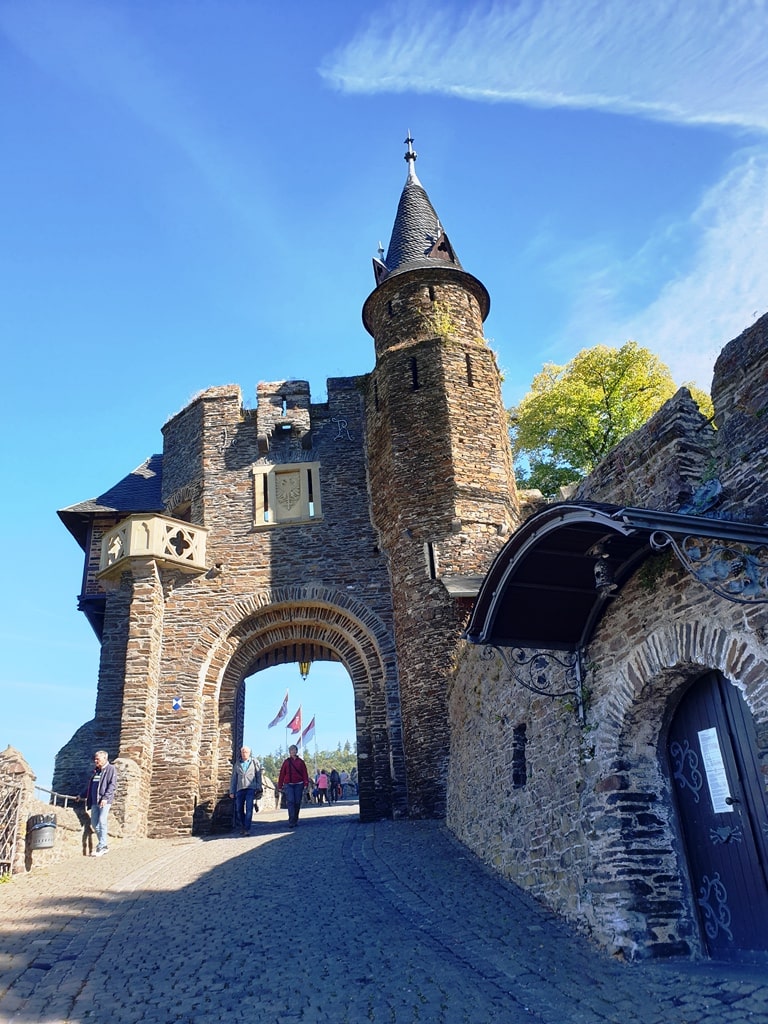
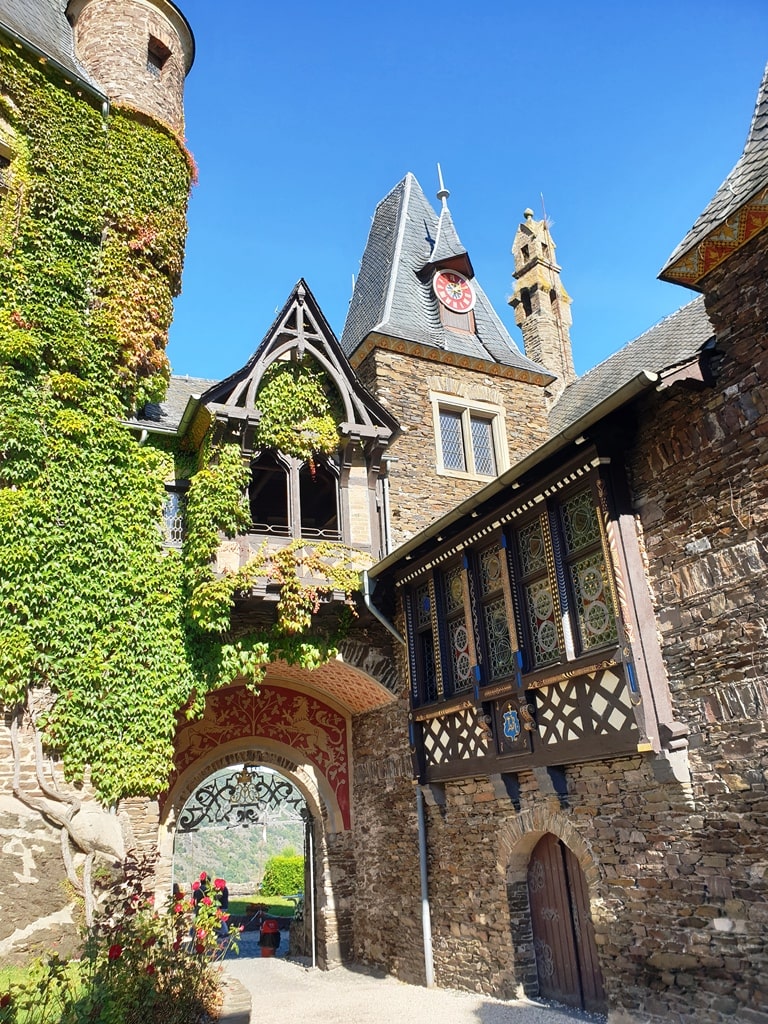
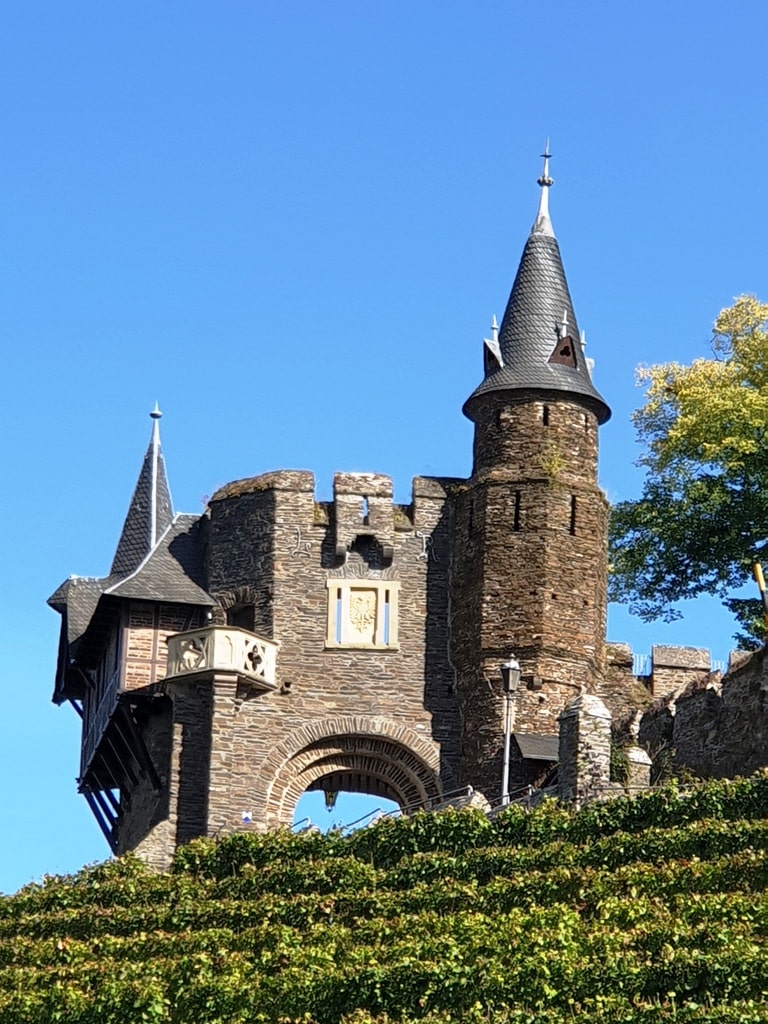
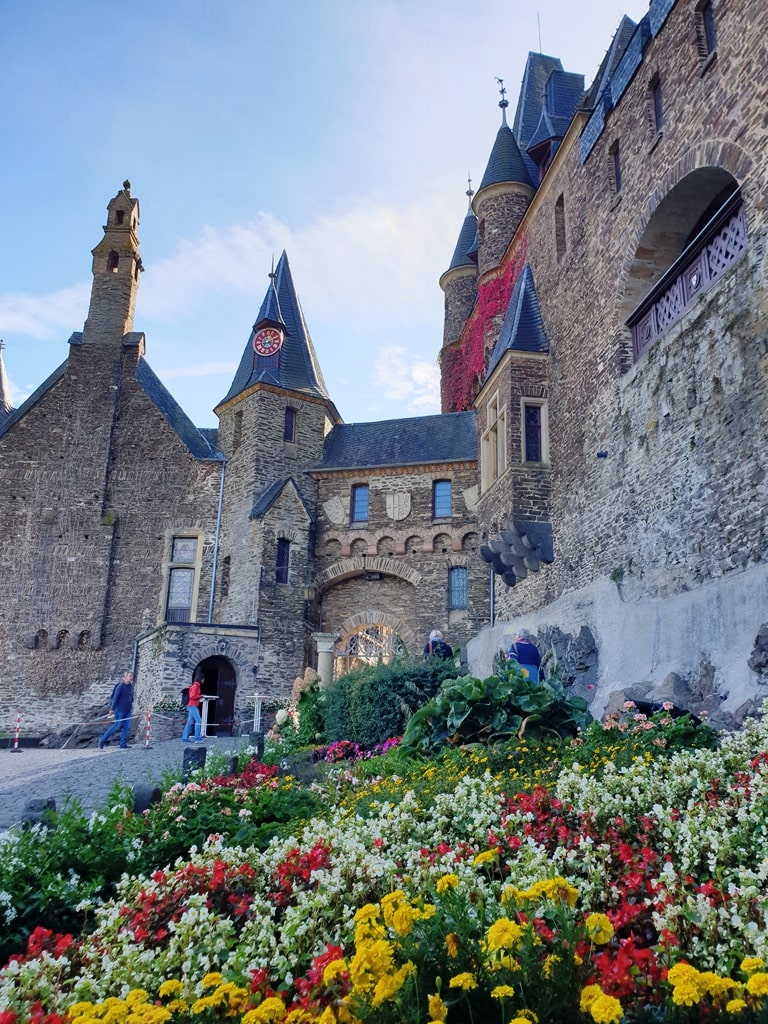
Europe’s protestant states were troubled by the political ascendance and military successes of Louis XIV of France, and the French monarch’s attempt to exert influence over the Holy Roman Empire sparked a global conflict that spanned Europe, North America, and India.
Cochem Castle fell victim to French territorial ambitions when it was captured in 1688 and destroyed totally in 1689 as part of a scorched-earth policy. The town of Cochem was also destroyed, along with many other surrounding settlements.
Control of Cochem passed alternately between France and Prussia until 1815 when it finally became a part of the kingdom of Prussia at the Congress of Vienna following the downfall of Napoleon.
For almost two centuries, the once-mighty Cochem castle lay in ruins, until its revival in the 19th century. In 1868, Louis Fréderic Jacques Ravené, a successful businessman from Berlin, purchased the castle for 300 Goldmark.
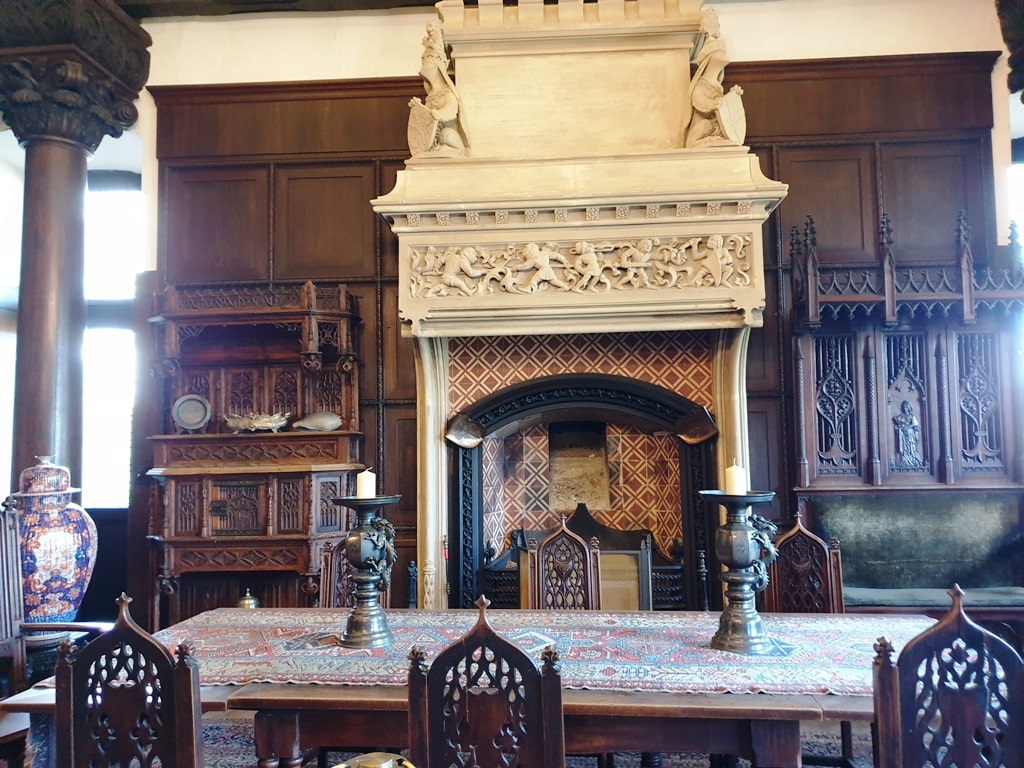
Although the castle had originally been constructed in the Romanesque style, Louis ordered it to be rebuilt in Neo-Gothic style, influenced by the fashionable gothic conception of medieval castles. 1868 was also the year that King Ludwig II of Bavaria commenced construction of his spectacular Neuschwanstein Castle, another Neo-Gothic reimagining of a medieval fortification.
Louis never got to see the completed castle as he died in 1879, but the construction was finished by his son Louis Auguste Ravené in 1890, who filled the structure with an extensive art collection.
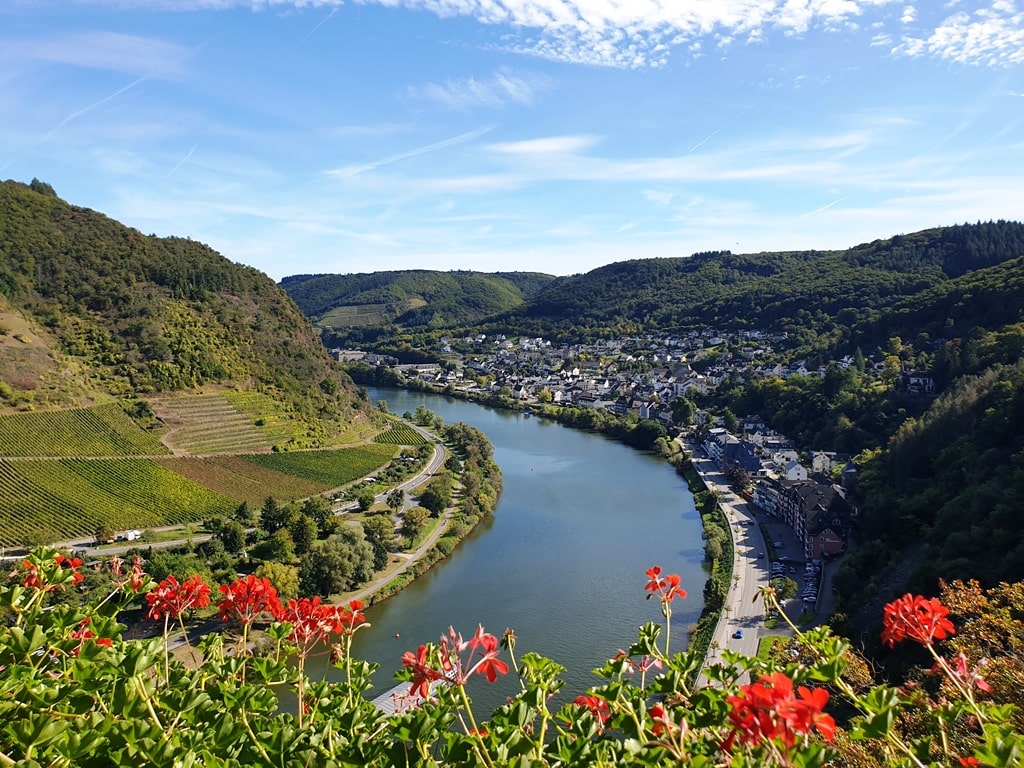
Although Cochem was reconstructed in Neo-Gothic style, with its spectacular pointed roofs and collection of picturesque turrets, the castle does retain some elements of its original design – in particular the four-story octagonal tower and the ‘witches tower’ or Hexenturm, so named because it was supposedly used to test women accused of witchcraft.
Louis Auguste Ravené was later forced to sell the castle to the Prussian Ministry of Justice, who later converted it into a law school administered by the nazi government. Following the end of the Second World War, the castle became the property of the new state of Rhineland-Palatinate, and in 1978 the city of Cochem purchased the castle for 664,000 marks.
Visitor’s guide to Cochem Castle
Cochem Castle is currently open to visitors – During the winter season, the site opens at 10 am each day, with last admissions at 3 pm. Guided tours take place every 30 minutes, and tickets are available at the castle shop.
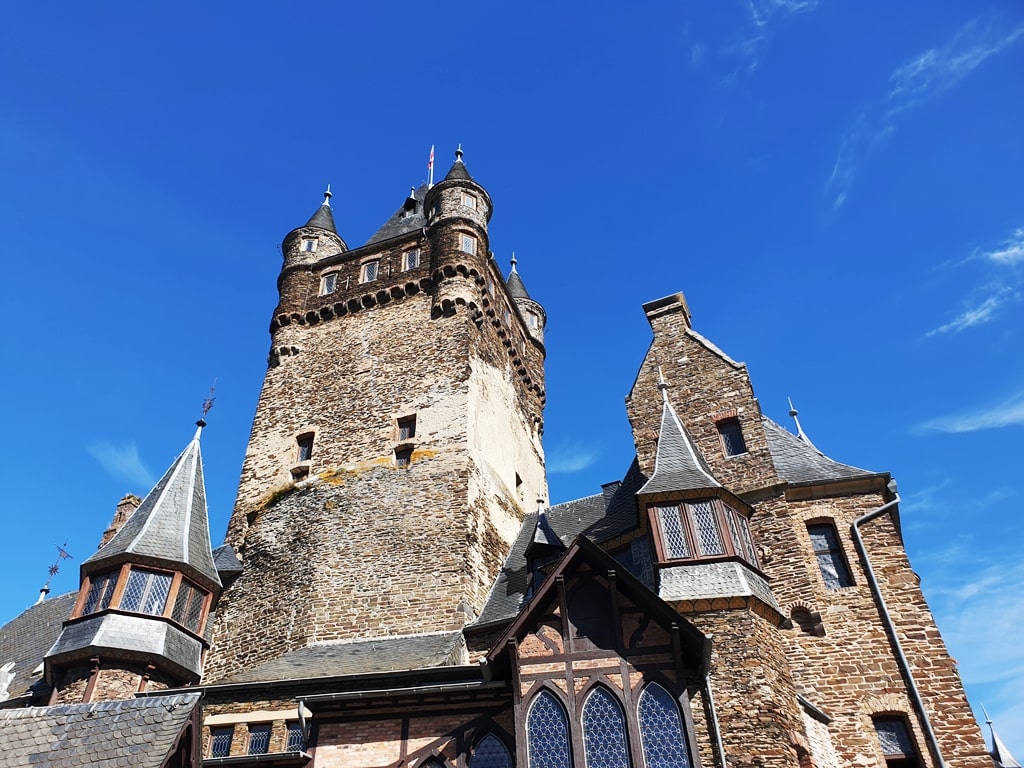
During the summer season, the castle is open from 9 am until 5 pm, and tours are available every 15 minutes. Guided tours take around 40 minutes and cost €7 for Adults and €3.50 for children, with concessions available for groups, students, and families.
The castle also has a restaurant that is open to visitors from 11 am – 4 pm during the winter season. The restaurant will be closed from 2nd November until 25th December, and from 6th January until 13th March, although the castle itself will remain open.
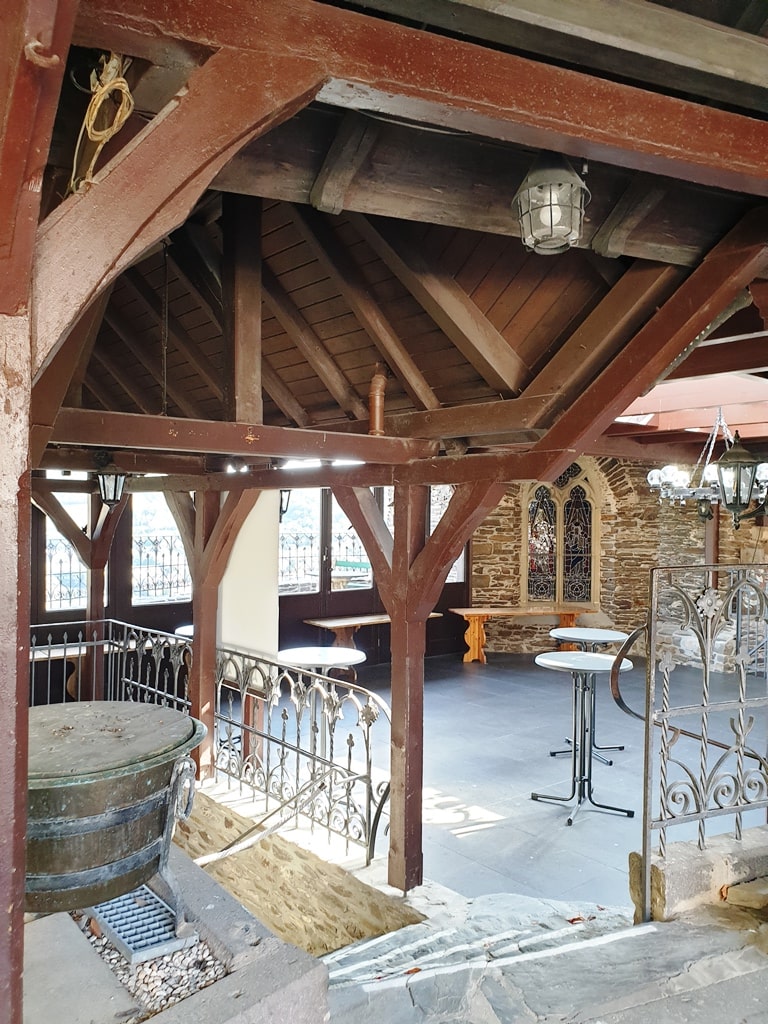
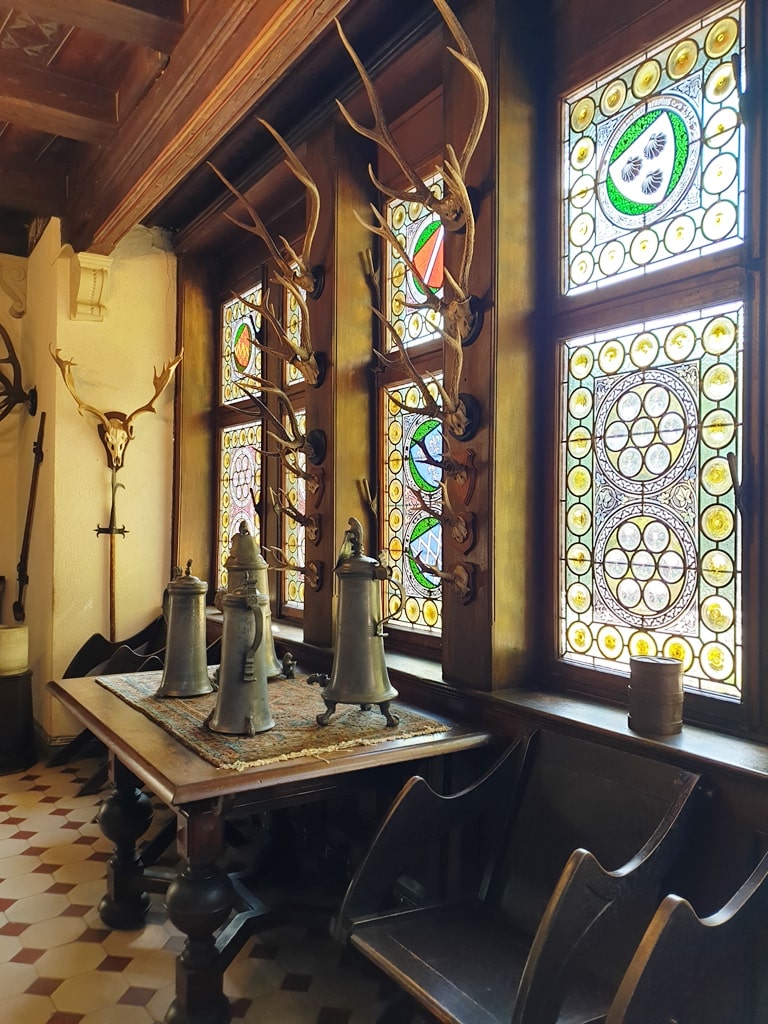
Please note that from 6th January until 14th February, the castle is only open on Wednesdays, Saturdays, and Sundays. Please refer to the castle website here, for more information on opening times.
Cochem Castle also hosts a variety of events, including regular ‘Knight’s Meals’. Visitors are treated to a guided tour, before being welcomed into the main hall where they will sit down to a medieval feast, complete with a lesson in medieval table manners.

Jesters provide entertainment, and the evening culminates in a knighting ceremony performed in the hall. These unique feasts generally take place on Friday or Saturday evenings, and costs €49 for adults and €25 for children. Please check the castle website for more information, or to find out when the next meal is scheduled.
Visitors to Cochem Castle should be aware of the Covid regulations currently in place. At present the ‘2G’ rule is in effect, meaning all visitors to the castle need to present proof of vaccination or proof of recovery from Covid-19.
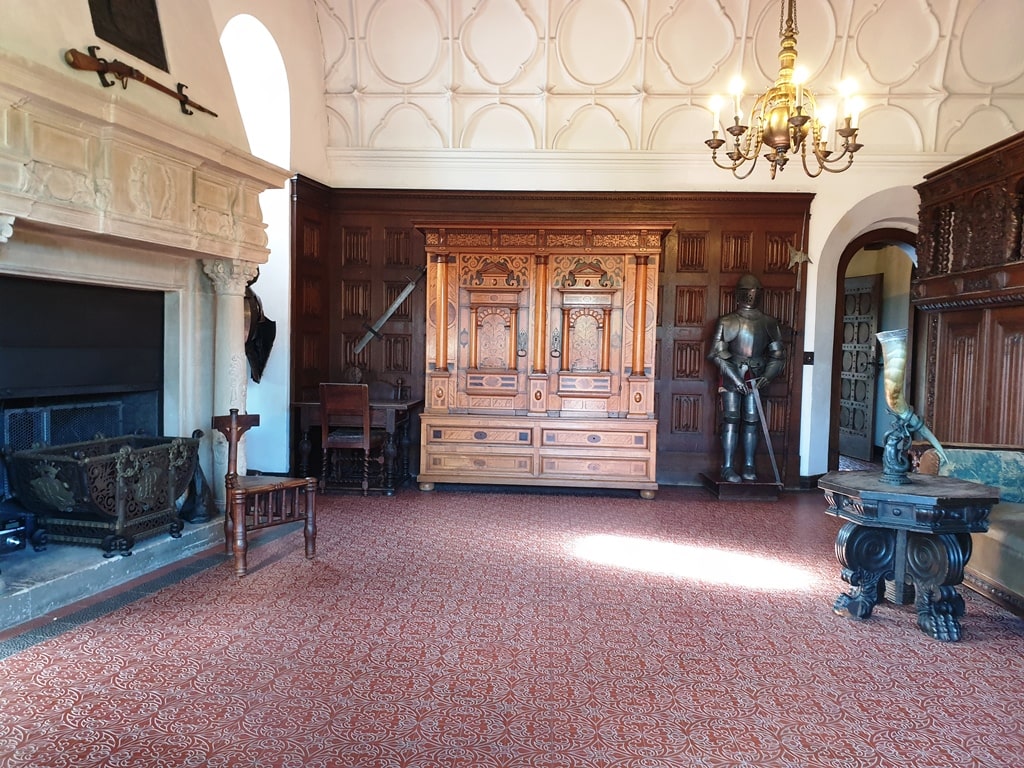
Masks are mandatory in the interior sections of the castle, and a social distancing of 1.5 meters must be observed. These regulations are subject to change, so please check the castle website before you visit.
Direct access to the castle by vehicle is not possible, so visitors will need to park in the town of Cochem and walk up to the castle (the walk takes around 15-30 minutes). Public parking is available throughout Cochem.
A shuttle bus operates during the summer months (May until the end of October), and will take visitors from the town square up to the castle for a small fee. Unfortunately, the many steps inside the castle make it unsuitable for wheelchair users.
